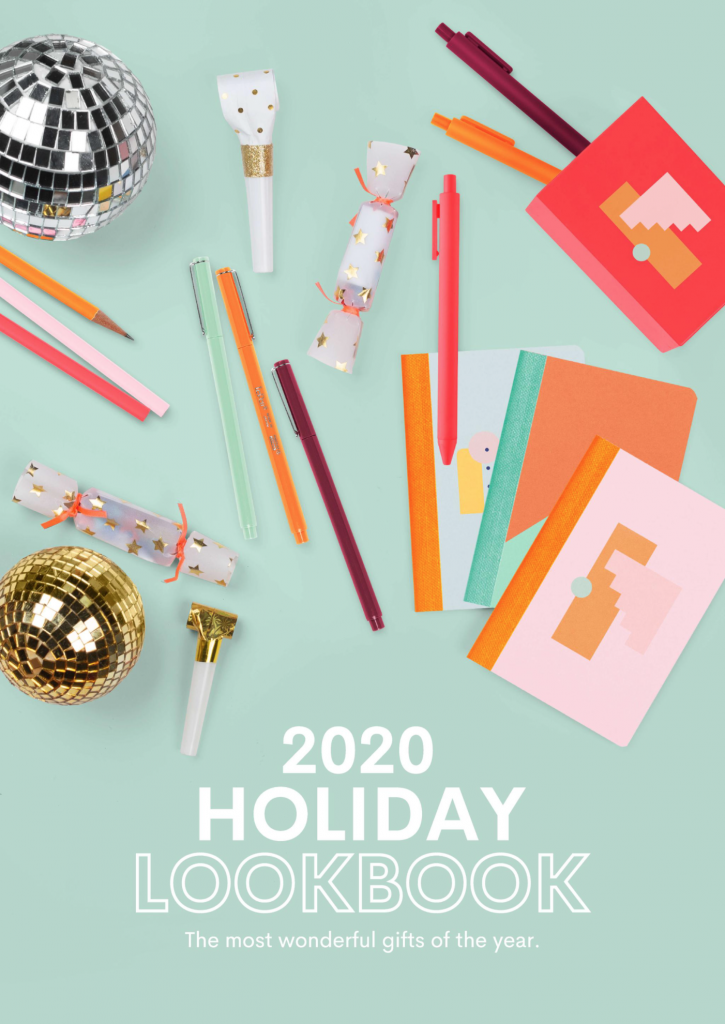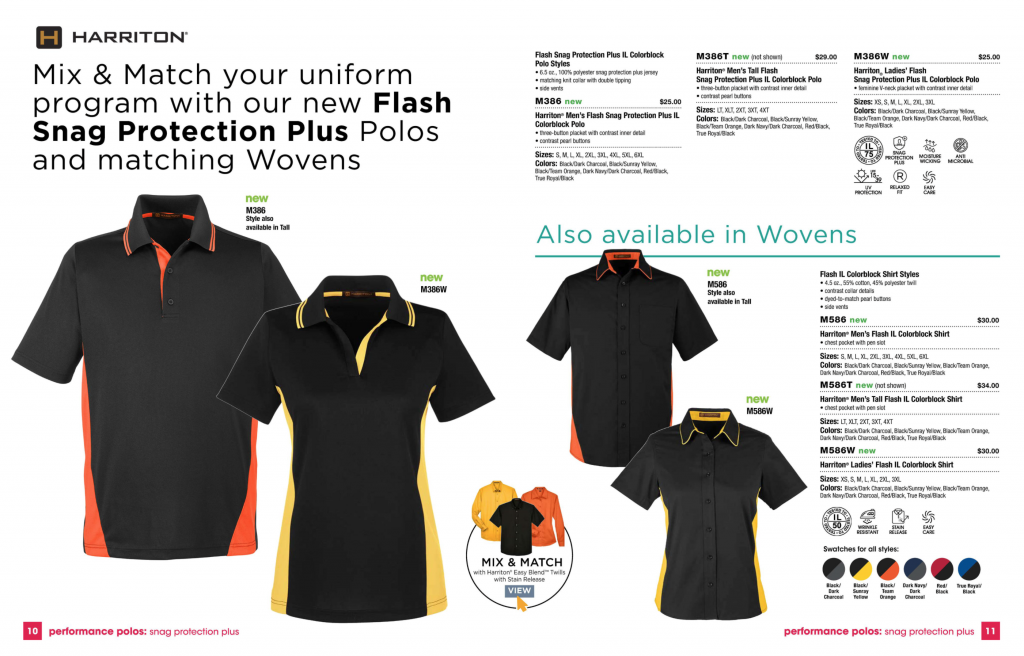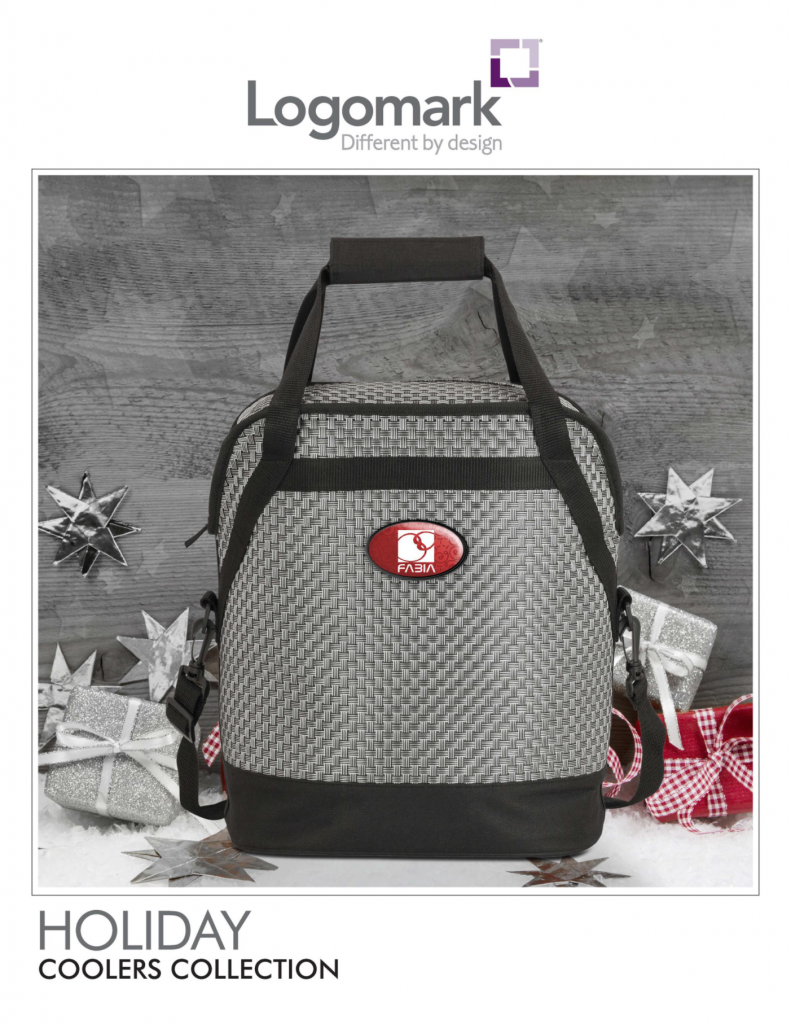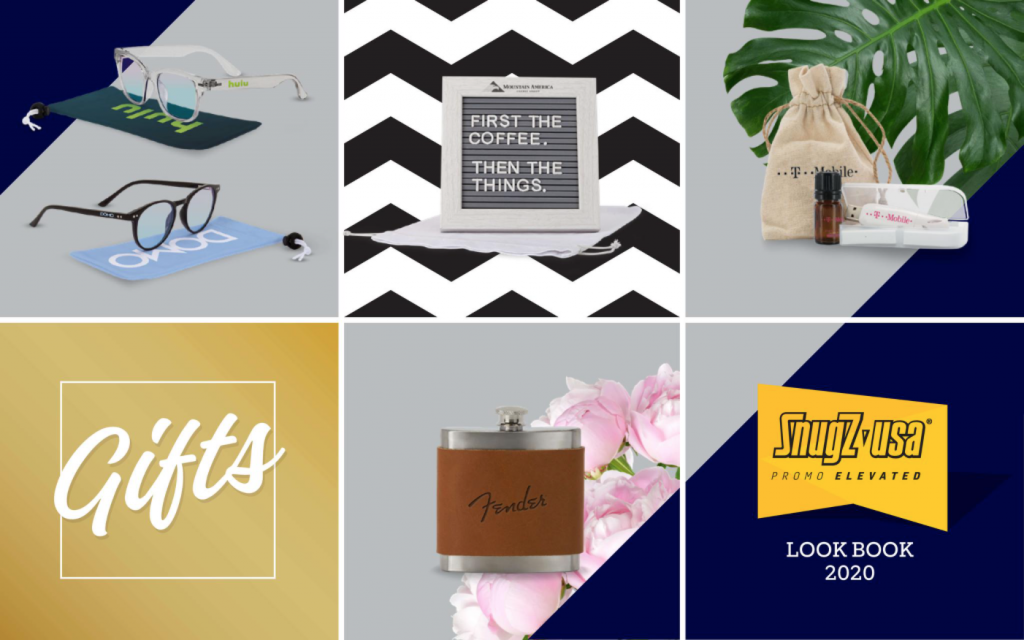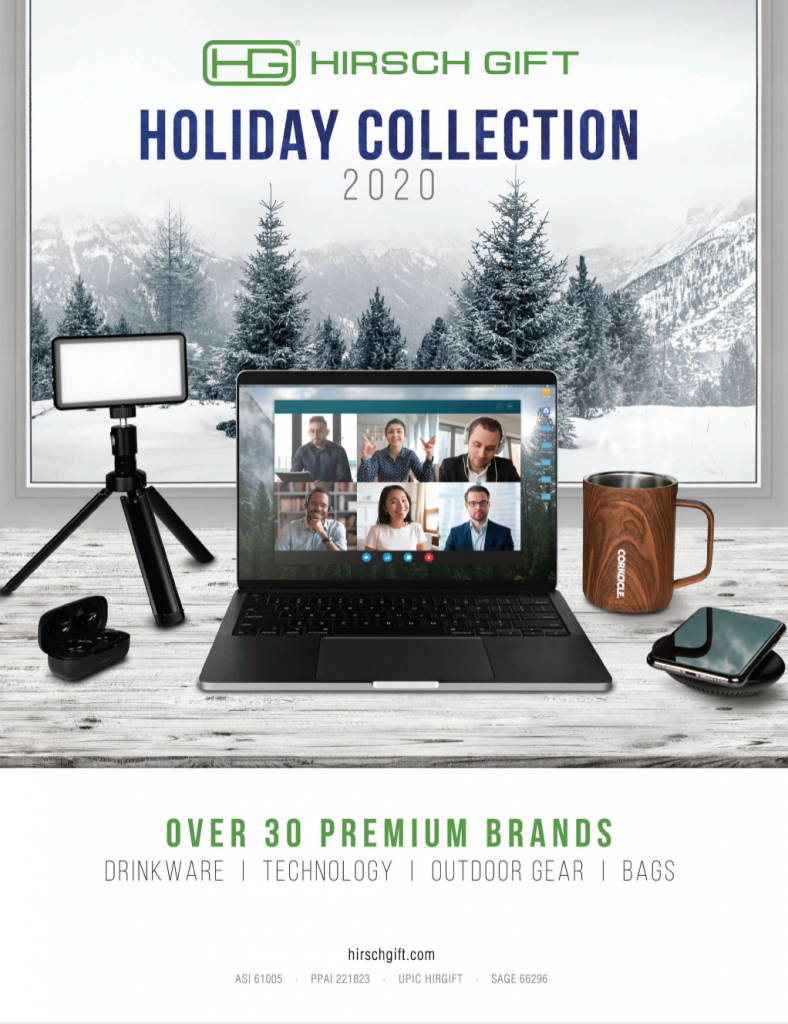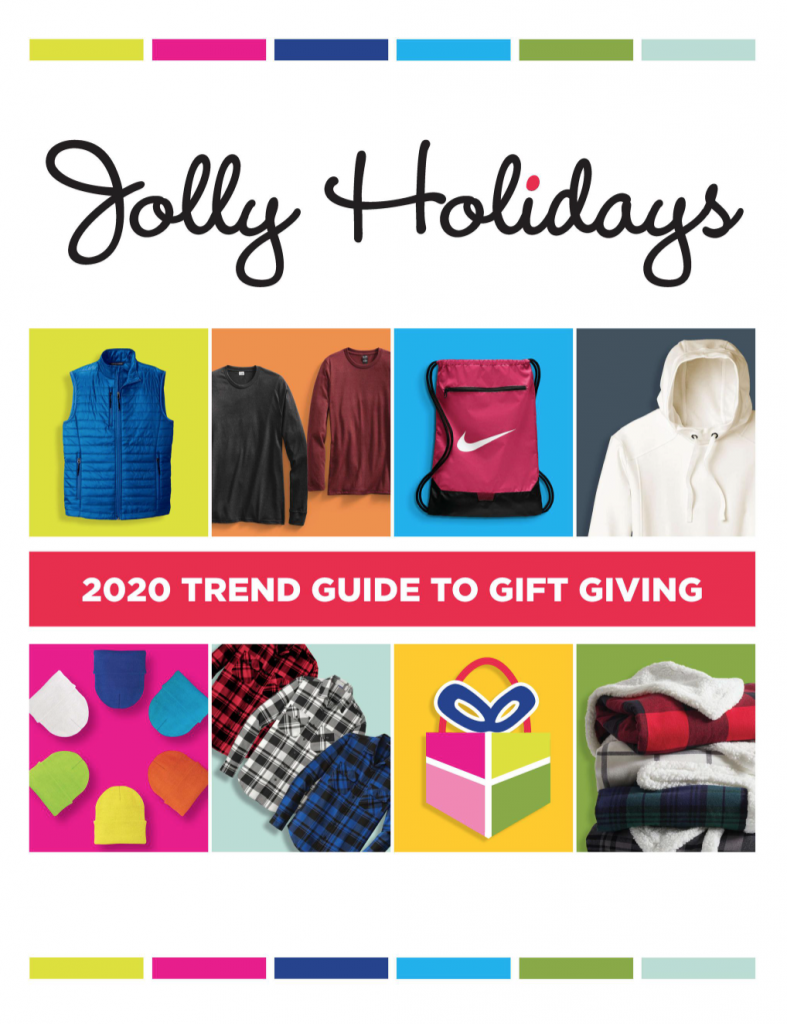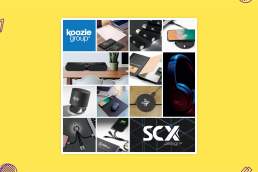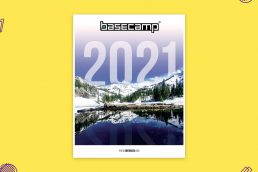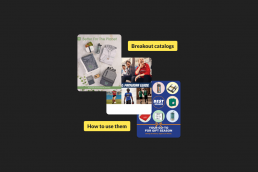Upgrade Your Social Media in 2022
Social media can be a daunting endeavor and a necessary evil, but it can also be the perfect way to humanize your brand. You buy from…
Breakout Spotlight: LAT Apparel’s What’s New for 2022
LAT Apparel has spent 30 years building exceptional, elevated basics with a passion for quality and an eye toward design. In 2022, LAT…
January 2022 Marketing Planner
New year, new marketing plan. Q4 has been ramping up and business has been wild. Don’t lose the momentum. Be ready to keep the…
Breakout Spotlight: SCX Design by Koozie Group
French-based company SCX brings innovative tech style with sustainable practices. Koozie Group added this line to their product mix just in…
Case Study: Label Works’ Story Board Flyers
Label Works is reimagining the value of a flyer. Moving beyond the basic sales circular, their new Story Board series showcases themes and…
Our Favorite Apps for 2022
It’s not a secret: here at ZOOMcatalog, we’re a bunch of tech nerds. We’re always trying out the latest apps and newest digital tools, and…
Breakout Spotlight: Sweda’s Basecamp 2021
What started with two backpacks in 2012 has grown into a full line of promotional products from bags to water bottles to shirts, coolers,…
Breakout Spotlight: S&S Winter’s Style Guide
Over the last year, S&S has completely revamped its catalog strategy by moving away from 900+ page big books and focusing on breakout…
December 2021 Marketing Planner
December is a time of transition. As one year turns into the next, we close out our Q4 campaigns and make plans for the new quarter. We’re…
Breakout Catalog Strategies
Thanks to the speed and affordability of digital catalogs, there’s no reason to chain yourself to a doorstopper. Niche suppliers have been…
Breakout Spotlight: Lincoln Line
Lincoln Line brings variety and spirit with their Holiday Look book. With options from technology, home goods, drinkware, games, and some…
Breakout Spotlight: LogoIncluded Gift Guide
Logo Included goes into Q4 with renewed optimism and an all-new drinkware line. Come for the full line of customizable cups, tumblers, and…
